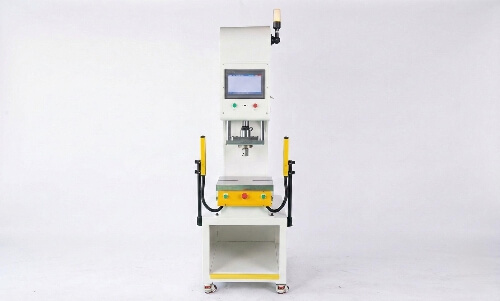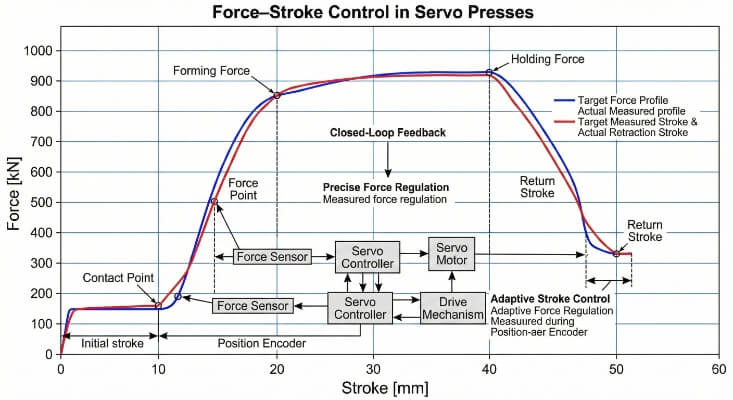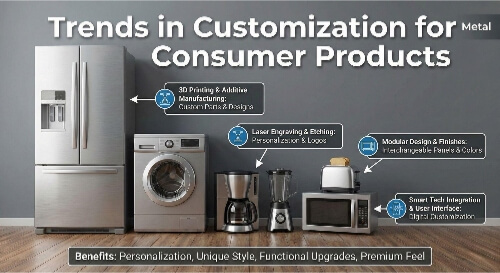Metal fabricators often struggle with aluminum bending—warped surfaces, uneven angles, and springback issues plague their projects. However, with proper techniques and the right tools, achieving precise bends in aluminum becomes straightforward and repeatable.
To bend aluminum successfully, you need the right tools, techniques, and knowledge of its properties. Key steps include choosing the correct aluminum grade, applying heat for thicker sheets, and using proper bending equipment like press brakes or hand tools. Ensuring gradual bends and avoiding sharp angles will help maintain the material’s strength and prevent damage.
Bending aluminum requires careful planning and execution. Let’s break down the essential steps and tips for bending aluminum like a pro.
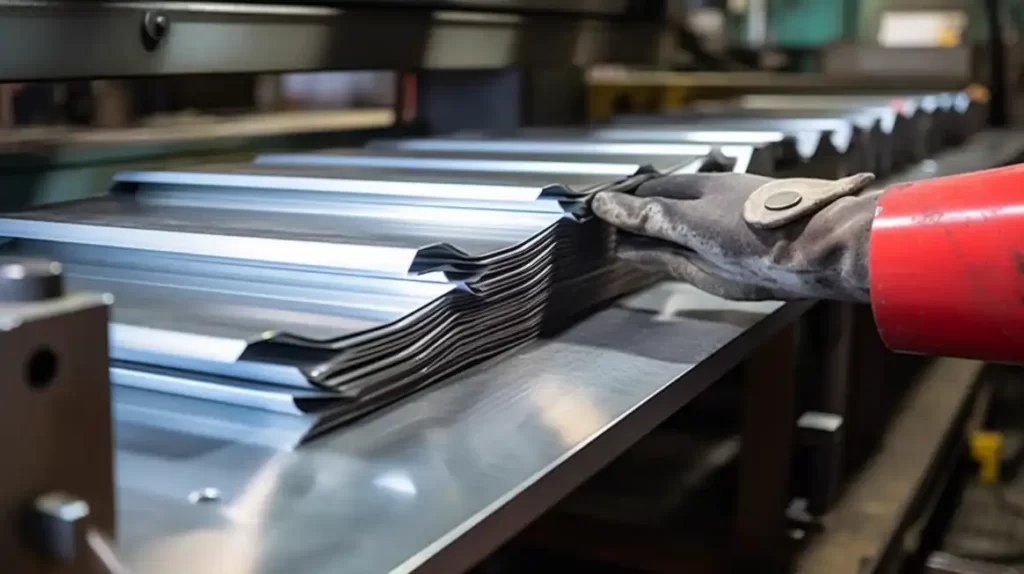
The Aluminum Bending Process: Key Considerations for Success
Bending aluminum requires precision and understanding of its unique properties. You can achieve accurate and reliable results by focusing on key factors like formability, elongation, and bend radius.
Aluminum Material Formability
Aluminum’s formability varies by alloy and temper. Softer alloys, like 3003 and 5052, are easier to bend due to higher ductility. Heat-treatable alloys, such as 6061, require careful handling, especially in harder tempers like T6. Selecting the right alloy and temper ensures better bending outcomes.
Level of Elongation
Elongation reflects how much aluminum can stretch before cracking. Alloys with higher elongation, like 3003 or annealed 5052, are more forgiving during bending. Lower elongation alloys may require pre-heating to prevent fractures.
Bend Radius and Aluminum Thickness
The bend radius must match the material’s thickness and hardness. A tighter radius increases the risk of cracking, especially with harder alloys. For instance, softer alloys allow a radius equal to the sheet thickness, while harder alloys may need up to four times the thickness.
Best Aluminum Alloys for Bending
Selecting the right aluminum alloy is crucial for successful bending operations. Each series offers distinct advantages regarding formability, strength, and application suitability.
3003 Series Aluminum Alloy
The 3003 alloy is highly regarded for its exceptional bendability. It combines moderate strength, excellent cold workability, and high elongation, making it the easiest aluminum alloy to bend.
5052 Series Aluminum Alloy
5052 balances strength and formability, making it a versatile option for bending. While not as malleable as 3003, it has higher strength and excellent corrosion resistance, especially in marine environments.
6061 Series Aluminum Alloy
6061 is a strong structural grade alloy that is more challenging to bend. Its bending ability depends heavily on its temper; annealed (T0) or T4 conditions are more workable than T6.
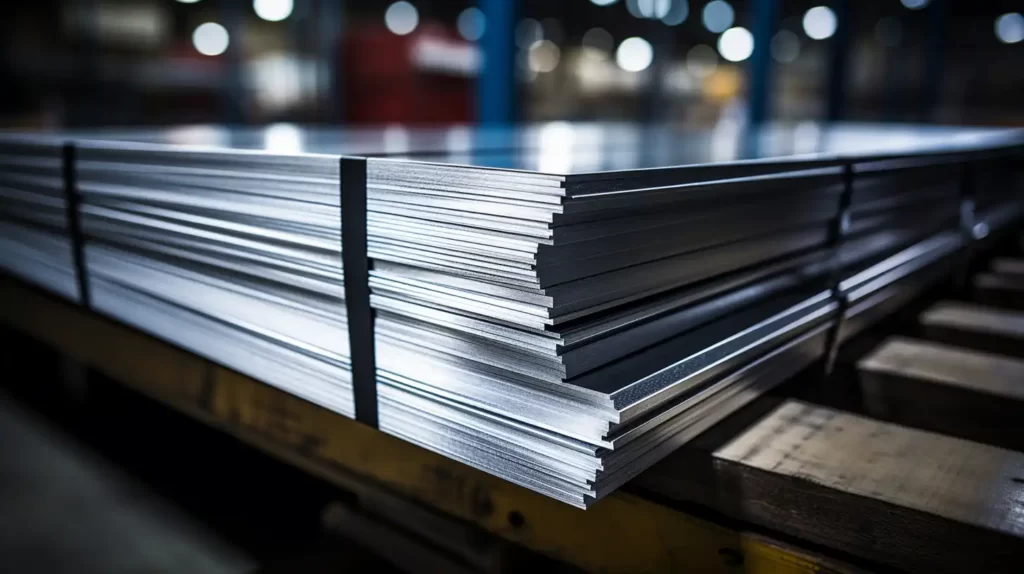
How to Bend Aluminum Without Breaking It?
Heat treatment is one of the most effective ways to bend aluminum without cracking. When heated, the metal becomes more malleable, allowing for easier bending without fracturing.
Using appropriate bending equipment is crucial for success. Applying lubricant to the bending area can help reduce the force required and prevent breakage.
Keep these key points in mind:
- Use lubricant on the bending area to reduce friction
- Maintain a bend radius at least equal to the material thickness
- Bend across or diagonal to the material grain when possible
- Work slowly and apply even pressure throughout the bend
- For 6061-T6, consider annealing the material first for better results
Techniques for Bending Aluminum
Different bending techniques offer unique advantages for shaping aluminum. Each method serves specific purposes and produces distinct results, from air bending to rotary draw bending.
Air Bending
Air bending uses a V-shaped die for flexible aluminum forming. The metal doesn’t fully contact the die walls during the process, and the punch depth controls the final bend angle.
This method needs less force than other techniques. It works well for various angles with the same tools. However, you may need to account for material springback.
Bottom Bending
Bottom bending creates more precise angles than air bending. The metal makes full contact with the die bottom. This method uses moderate force and produces less spring back.
For 90-degree bends, use an 88-degree punch. The aluminum typically springs back about 2 degrees. This technique works best with softer aluminum grades.
Coining
Coining uses extreme pressure to shape aluminum. The force is much higher than in air bending. This ensures exact angles with minimal spring back.
The high-pressure forces aluminum to match the tool shape perfectly. However, this can stress the material. Each angle needs its special tooling.
Rotary Draw Bending
Rotary draw bending shapes aluminum tubes and profiles. The process uses a rotating bend die with a pressure die. This creates smooth, accurate bends.
This method excels in making architectural components. It works well for complex curves.
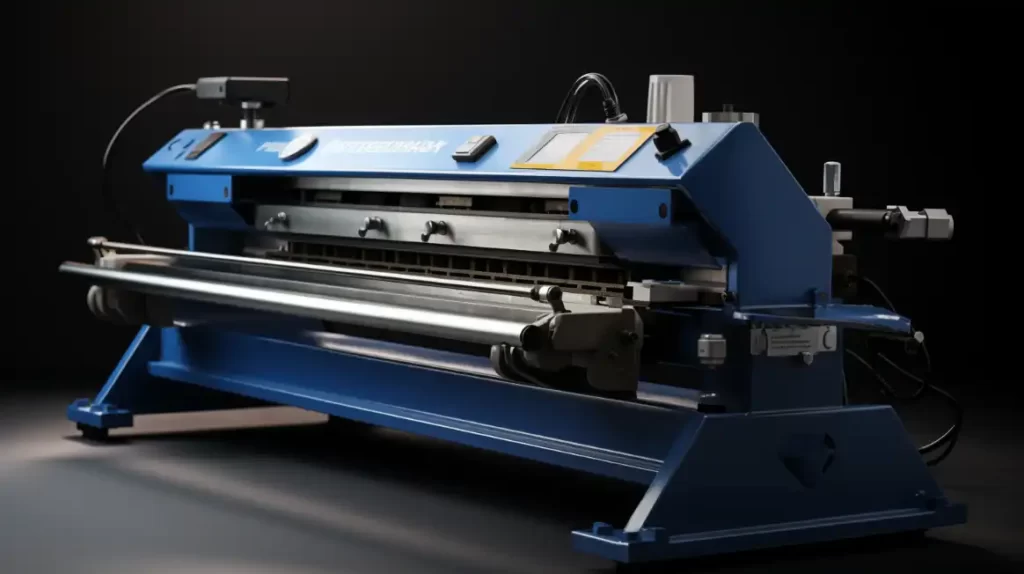
Step-by-Step Guide: How to Bend Aluminum Using a Press Brake
A well-executed press brake operation starts with proper setup and attention to detail. Follow these steps to achieve precise bends while protecting the operator and material.
Setting Up the Press Brake for Aluminum
Clean all tooling and work surfaces thoroughly before starting. Install protective pads to prevent marking soft aluminum surfaces.
Center the punch into the die with careful alignment checks. Double-check measurements at both ends, as adjusting one side can affect the other.
Adjusting Die and Punch for Desired Bend Angles
Start with no tonnage load, with punch faces just touching. Make slow, incremental strokes while watching for any tooling movement.
For 90-degree bends, use an 88-degree punch to compensate for spring back. Avoid using excessive force, which might damage the material or create unwanted creases.
Performing the Bending Process Safely
Position the aluminum sheet against the back gauge for proper alignment. Monitor the bending process closely for unusual sounds or movements.
Check bend accuracy after each operation using precise measurements. Make necessary adjustments to achieve the desired angles and dimensions.
Step-by-Step Guide: How to Bend Aluminum by Hand
Bending aluminum by hand is a practical solution for small-scale projects or simple shapes. Follow these steps to accurately prepare, measure, and bend without specialized machinery.
Preparing Your Aluminum Sheet
Clean the aluminum surface thoroughly before starting. Position the sheet on a flat, stable workbench. For thicker sheets, consider pre-heating the material to increase malleability.
Marking and Measuring the Bend Line
Use a ruler to create bold, visible marks along your intended bend line. Drill small holes at the intersection points of cuts and folds to prevent tearing. Consider making a shallow groove with a router to guide the fold for complex bends.
Bending with a Manual Brake
Place a wood or angle iron length behind the bend line for support. Secure the aluminum sheet firmly with C-clamps, ensuring even pressure across the entire length. Apply gradual, even pressure while bending, working in small increments of 10-20 degrees.
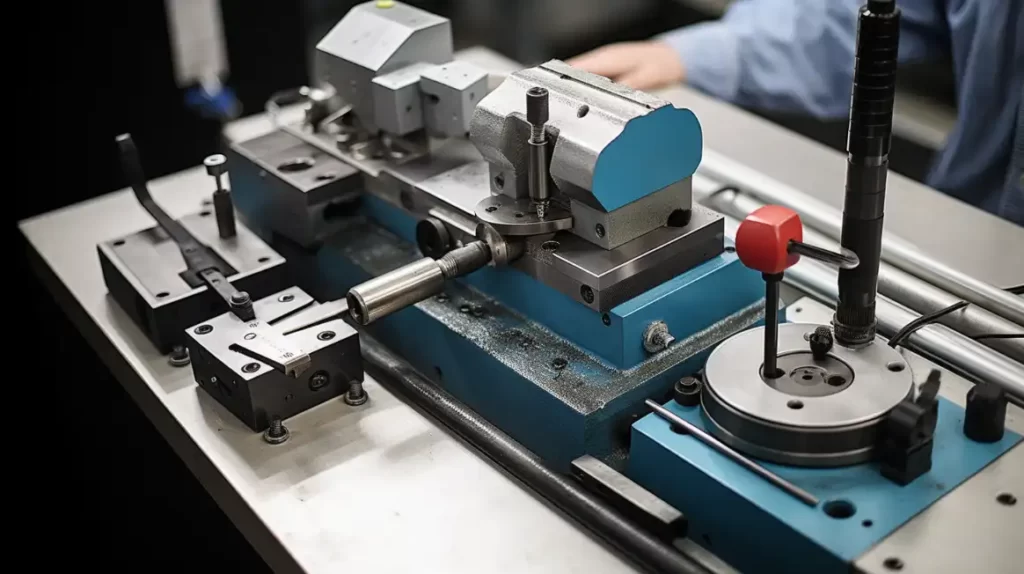
Using Heat to Bend Aluminum: When and How
Using heat can make bending aluminum easier and prevent cracking. Learn when heat is necessary and how to apply it effectively for precise, safe, and durable results.
The Role of Heat in Aluminum Bending
Aluminum, especially harder alloys like 6061-T6, can crack under stress when bent cold. Heating softens the material by altering its internal structure, reducing hardness, and increasing ductility. This process, known as annealing, allows aluminum to bend without fracturing.
However, due to its high thermal conductivity, overheating aluminum can weaken its properties or even melt it from the inside out. Proper temperature control is essential to achieve the desired results without damaging the material.
Best Practices for Heating Aluminum for Bending
- Use Indicators for Temperature Control: Apply soot from an acetylene torch to the bend line. Heat the area until the soot burns off, which occurs around 752°F—ideal for bending without risking damage.
- Heat Evenly: Ensure uniform heating across the bend area to avoid weak spots or uneven bends.
- Avoid Overheating: Aluminum doesn’t change color when heated, so use tools like temperature gauges or indicators to monitor heat levels.
- Work Quickly After Heating: Bend the aluminum warmly to maximize malleability.
Conclusion
Bending aluminum requires the right techniques, tools, and understanding of the material’s properties. Careful preparation ensures accurate and reliable results, whether using a press brake, manual methods, or heat. Considering factors like alloy type, bend radius, and proper handling, you can achieve high-quality bends without compromising the material’s integrity.
If you have specific bending requirements or need expert assistance with your project, feel free to contact us. Our team is ready to provide tailored solutions!
Hey, I'm Kevin Lee

For the past 10 years, I’ve been immersed in various forms of sheet metal fabrication, sharing cool insights here from my experiences across diverse workshops.
Get in touch

Kevin Lee
I have over ten years of professional experience in sheet metal fabrication, specializing in laser cutting, bending, welding, and surface treatment techniques. As the Technical Director at Shengen, I am committed to solving complex manufacturing challenges and driving innovation and quality in each project.

